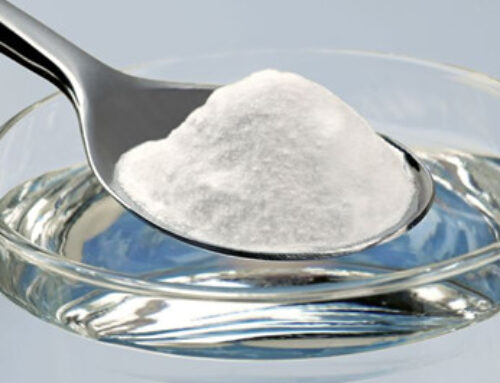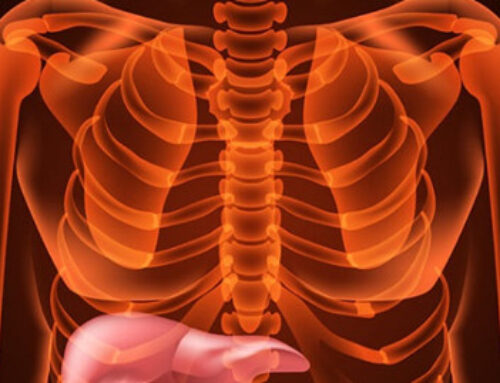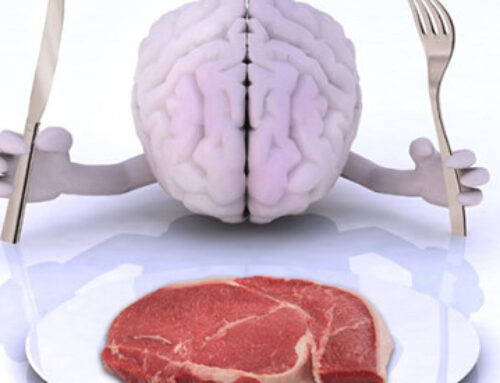Not all fat is bad! Trans fat, hydrogenated through chemical processing, is toxic. In this article, I will discuss how trans fats are created and why they are so dangerous, as well as offer some wisdom on health-promoting fats that can reverse the damage.
Trans fats have been in the media quite a bit lately due to new laws outlawing their use. In 2013, the FDA announced that trans fats were no longer recognized as safe. Two years later, they released a 3-year plan to remove most trans fats from the American food system. I am always encouraged when the government makes a legislative move that benefits our health but, truly, this has been a long time coming! Before 2006, food manufacturers were not required to list trans fats on their ingredient labels. Heart disease has reached epidemic levels in our country because for decades, consumers were intentionally left in the dark regarding the danger of trans fats.
Trans fats are toxic to humans. They can occur naturally in very small amounts that are not considered problematic, but the artificial trans fats that are added to processed foods are a totally different story. Researchers found a 24% decrease in blood vessel function after subjects ate a fast food meal high in saturated fat (and certainly trans fat as well) and void of Omega-3 fatty acids. These pro-inflammatory fats physically clog your arteries just hours after a fast food meal!
Trans fats are commonly made from very poor quality oils. These oils are not part of the foods humans evolved to eat because they were not available until recently. Soy, corn, canola and cottonseed oil (all genetically modified) are used to create the chemical fats found in potato chips, boxed cookies, butter-type spreads like margarine, and other low-quality food products. These fats are not healthy in any form, even in their liquid state (1). These oils, in their natural liquid state, are extremely fragile and go rancid very quickly. They are protected from oxidation while they are in seed form but as soon as they are liberated from their seed, the oils are exposed to air and the breakdown process (oxidation) begins immediately. But rather than discard these inedible oils, food manufacturers found they could take these oils and create a new, very profitable life for them, selling them to unsuspecting consumers as a food product. The magic of marketing!
Making a Trans Fat via Hydrogenation
Trans fats are created by forcing a double bond into the chemical structure of a fat molecule. This hydrogenation process needs a catalyst to begin. A metal catalyst is added to the oil, usually in the form of nickel or aluminum oxide (it is worth noting that aluminum is linked to Alzheimer’s and nickel is a known allergen for most people). Then, under very high heat and pressure, hydrogen is forced through the oil, rearranging its molecular structure. The bends in the chains of molecules are straightened, allowing the molecules to pack more tightly together. Because it is more like a solid and less like a liquid at this point, it begins to mimic a saturated fat. This new fat is grey in color due to the metal residue and it smells awful because the heat and pressure of the hydrogenation process causes the oil to become rancid. To make this product more appealing to the public, the grey blob of smelly fat needs to be bleached and deodorized, of course by adding more chemicals. Starches are added as fillers to give the product more body. Then colorants (yellow dye for margarine) and flavorings are added to the product, or in the case of shortening it is left white and flavorless and packaged for sale.
Why are Trans Fats so Toxic?
Our body is tricked so effectively by trans fats that they are taken in and metabolized at a cellular level. Every cell in the human body has a phospholipid membrane. It is vitally important that this membrane be comprised of a healthy balance of saturated and unsaturated fat. There is no place for trans fat here! This cellular membrane can be compromised by the consumption of unhealthy fats. Dysfunction starts at the cellular level and can lead to the development of many chronic illnesses, including immune system dysfunction, hormonal imbalances and gall bladder problems (1).
Perhaps the low fat/no fat dietary model we have been taught to embrace is not such a good idea after all. In the ‘60s, the nutrition world believed saturated fats were unhealthy. Crisco was unveiled in 1911 and, with some clever marketing, it was easy to convince consumers to fear saturated fat from animals, and that Crisco was a healthy substitute for butter and lard. It wasn’t until 1990 that research began to show the dangers of trans fats. By this time, Crisco and margarine were firmly rooted in our food system and many family food traditions. Can you remember your grandmother cooking with Crisco? Thirty plus years of deception is difficult to undo. Finally, we now have legislation in place that forces the public to choose healthier options. But, for many people, it is too late.
Consider that 75% of American adults are overweight and half of these are obese (2). The trans fats that were supposed to replace “unhealthy” saturated fats have caused numerous health issues. Type 2 diabetes, stroke, weight gain, gall bladder disease, heart disease, hormonal imbalance and massive systemic inflammation are a few notable examples (3). Most of our modern day diseases are caused by replacing good quality, healthy fats with toxic chemical fats. A diet high in chemical fats is most often low in the essential fatty acids our bodies need. Processed junk food and fast food are the most common places to find these unhealthy fats, but they lurk elsewhere—our cooking fats, baking mixes, and seasonings we have in our kitchen, coffee creamers, frosting, even injected into meats to make them juicier! Read the ingredient list of any item before you purchase it and, while you’re at it, purge your cabinets. It is easy to control the food that comes into your kitchen and much harder to know exactly what you are eating when you dine out.
To prevent obesity and heart disease, replace junk food in your diet with whole, real, nutritious foods. Real food is easy to recognize, as it does not have a label and does not need one. Real food does not have any unnatural trans fats. Some fats, like coconut oil and other saturated fats, are extremely stable and can stay at room temperature for longer periods of time without breaking down. Coconut is a great cooking and baking oil, as it does not easily oxidize. Make sure you consume plenty of healthy fats, including lots of organic butter from grass-fed animals, organic pastured animal fats (don’t trim the fat from your grass-fed beef!), and raw virgin coconut and palm oil that has been responsibly sourced. These saturated fats are scarce in many of our diets, thanks to the last 70 years or so of bad dietary advice to consume less saturated fat.
You can expect to see wonderful changes by making sure you are getting enough of the healthy fats that are low in the American diet. Removing unhealthy oils and trans fats will allow your body to work much better and inflammation will decrease even more if the bad fats are replaced with generous amounts of healthy fats. Coconut oil will jump start your body’s ability to burn stored fat for energy, which means more weight loss. Grass-fed butter or ghee is high in a nutrient called butyrate, an anti-inflammatory fatty acid, and conjugated linoleic acid which is very helpful for turning fat into muscle. These two nutrients are not found in butter from cows that were feed grain. Make it a point to remove trans fat from your diet and replace it with health-promoting saturated fat essential fatty acids. You will feel the results that occur on a cellular level! Healthy cell membranes, reduced inflammation, weight loss and disease prevention are proven results of a diet high in good fats.
Cited References:
- Enig, Mary G., PhD, Know Your Fats: The Complete Primer for Understanding the Nutrition of Fats, Oils, and Cholesterol, Bethesda Press, 2003.
- National Institute of Health. Overweight and Obesity Statistics. Bethesda, MD; NIH; 2012.
- Enig, Mary, and Fallen, Sally, Eat Fat Lose Fat, Plume Publishing, 2006.
Additional Reading:
For a brief history of trans fats in American culture and a great example of how food marketing impacts consumers’ health, I recommend the article: When Trans Fats Were Healthy
Also see my articles: The AMA’s Outrageous 1995 Edict – Fat Will Make you Fat!, and Deep Fried Toxins.










